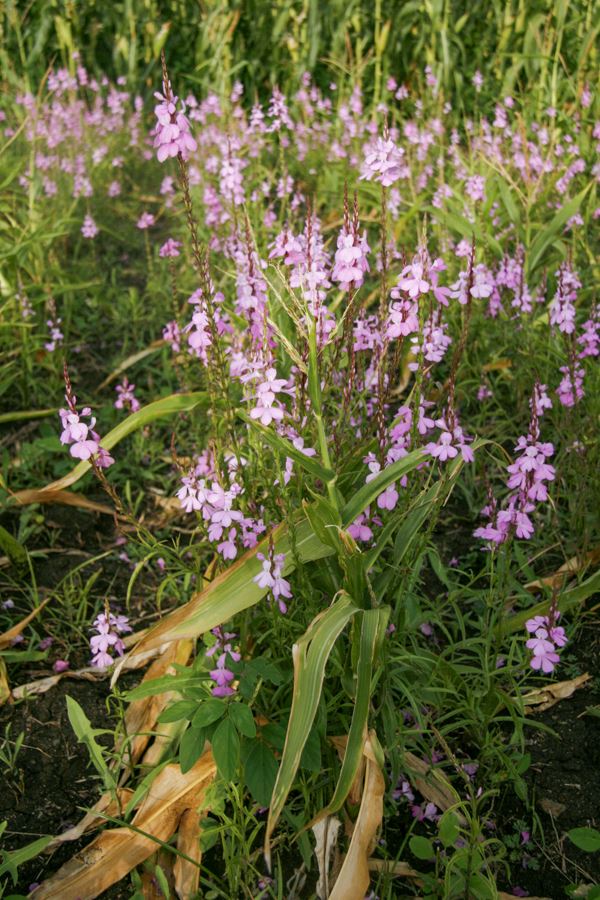Duncan Cheruiyot1, Xavier Chiriboga Morales1, Frank Chidawanyika1,2, Toby J. A. Bruce3 & Zeyaur R. Khan1
1International Centre of Insect Physiology and Ecology (icipe), PO Box, Nairobi 30772-00100, Kenya, 2Department of Zoology and Entomology, University of the Free State, PO Box 339, Bloemfontein 9300, South Africa, and 3School of Life Sciences, Keele University, Staffordshire ST5 5BG, UK
Abstract
Production of maize, Zea mays L. (Poaceae), in sub-Saharan Africa is threatened by a new invasive pest, fall armyworm (FAW), Spodoptera frugiperda (JE Smith) (Lepidoptera: Noctuidae). To mitigate this threat, push–pull companion cropping, a system originally developed for management of lepidopteran stemborers, may be used to control FAW. The original system involved trap crops that functioned as a ‘pull’ component to attract moths away from the main crop. How grass species can be used as trap crops in a push–pull system to control FAW is a question that remains to be answered, because maize is already a highly preferred host plant. Therefore, we tested oviposition preference of FAW female moths in no-choice and two-choice experiments and larval performance on six selected grasses (Poaceae) to assess their roles as trap crop ‘pull’ plants in the system. In no-choice tests, numbers of eggs deposited on Brachiaria brizantha (Hochst. ex A. Rich.) R. Webster cv. ‘Piata’, cv. ‘Mulato II’, and cv. ‘Xaraes’, and Napier grass (Pennisetum purpureum K. Schumach) cv. ‘South Africa’ were not statistically different from those deposited on maize. In two-choice tests between grasses and maize, there were no significant differences in number of eggs laid when the plants were of the same size. However, in two-choice tests with maize plants half of the size of the grasses, significantly more eggs were laid on B. brizantha cv. Xaraes and P. purpureum cv. South Africa than on maize, suggesting that crop phenology could make a difference. Numbers of larvae arrested on grass leaf cuts were considerably lower than those on maize leaf cuts after 48 h. In two-choice tests with maize, molasses grass (Melinis minutiflora P. Beauv.) was the only grass that was significantly preferred to maize for larval settlement after 24 h. After 48 h in the two-choice test, it was the only grass that retained larvae, although the larval count was significantly lower than on maize. Our data show that none of the grasses tested were strongly preferred to maize, but the results indicate plants attractive to FAW adults and larvae that could be utilized in a multiple trap crop approach to target various stages of the pest. Furthermore, results indicate the importance of planting these companion plants earlier than maize.
Available downloads


